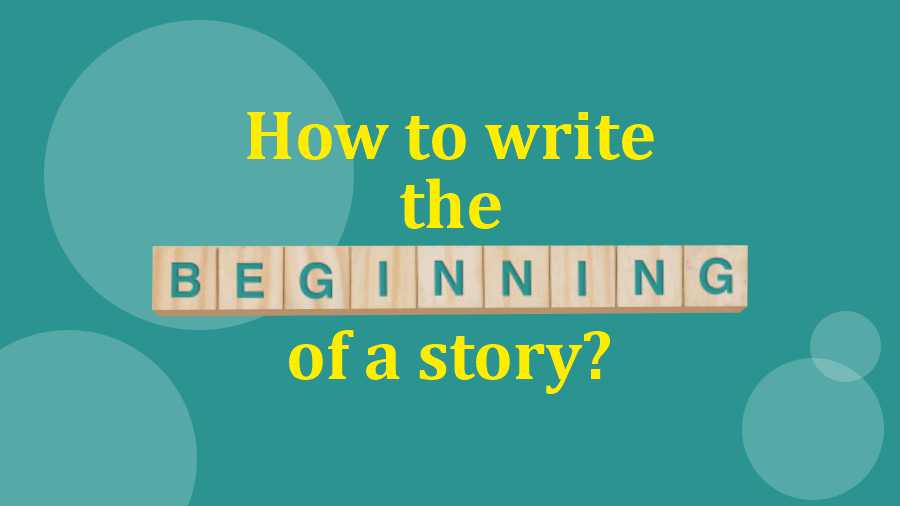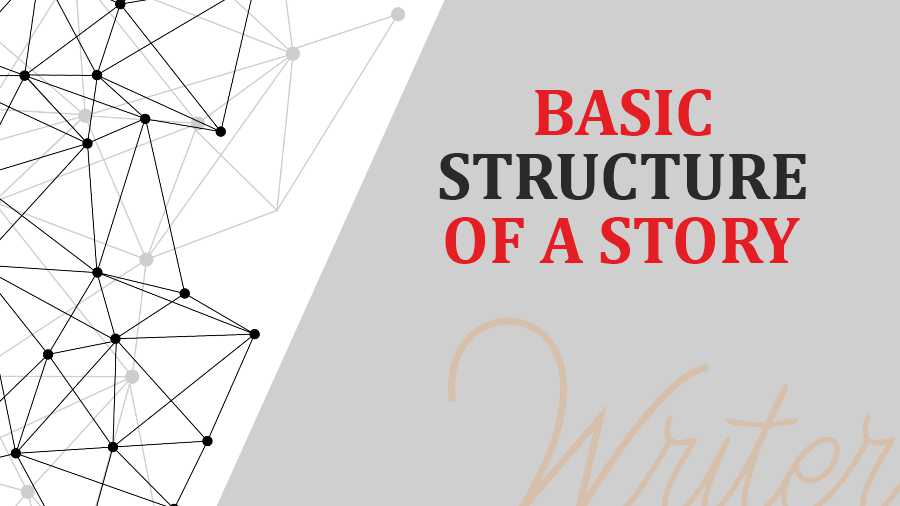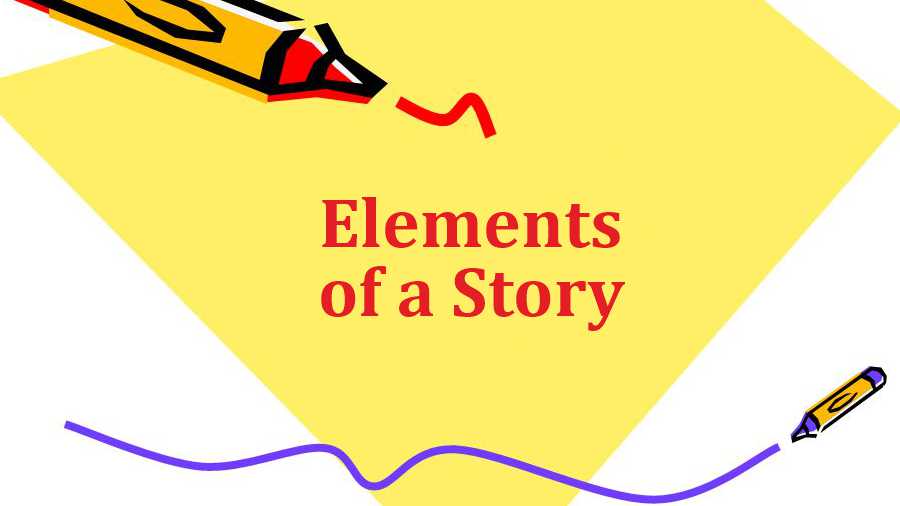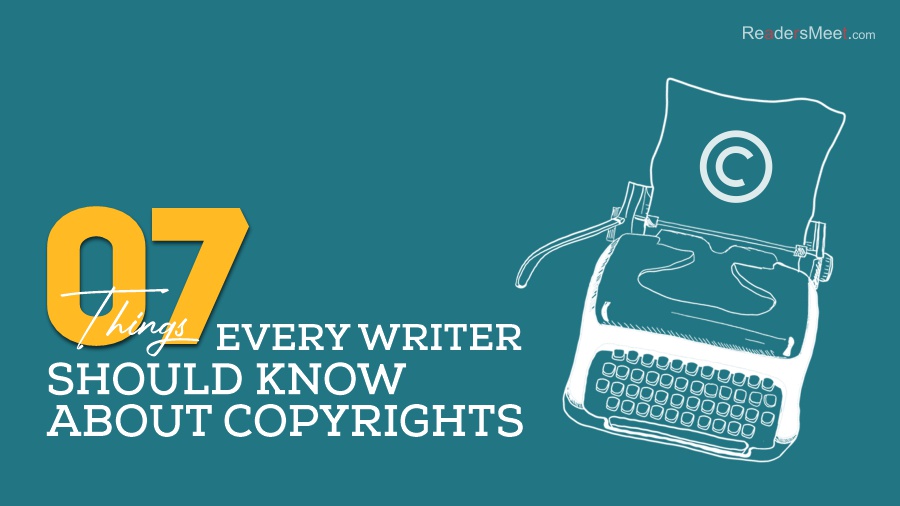Everyone has a story to narrate. In every mind, resides an untold and unfinished story at the central depths and is waiting to be spoken forth the world. Like every other process, every story has to have a beginning, a body, and an end. Every story has to begin from somewhere. It doesn’t matter from where because the beginning tends to matter and seems relevant only when you’re about to attain the climax.
The beginning of the story is crucial since it gives a head start to the entire storyline. An intriguing beginning not only keeps the readers hooked to the plot till the end but also helps the reader frame an idea about the genre and theme of the story. Even if you have penned down a magnum opus and your beginning is not fascinating enough, it will not earn you much audience or readers. It is not just the ecstatic beginning but the entire structure of the story. A good story always has a pristine story structure, a constructive plot, a swift flow, a fluent narration, decent characters, efficient elements, and a fascinating and relevant climax. Altogether, these determining factors cook up a great story for you to narrate and the world to hear.
♣ How to write the beginning of a story?

Most of us find it challenging to come up with a brilliant opening to our stories. Once you have learned the concepts and fundamentals of developing a storyline and story structure, it becomes easy for you to develop and finish your story.
The opening lines of a story carry the responsibility of gaining audience and sheen for the story. Hence, it is very important to keep these few tips in mind before you get started.
- Spark the reader’s interest with a mystical or invocative setting. Remember to use a good setting that will amaze the reader and will keep them hooked throughout.
- Pose a question, introduce a character, set a scene, lure them in with enticing prose, lay a clue to the direction the novel is going to take, plant the seeds of an idea, create a dramatic impression, give them a taste of the action. Develop an element on your own and you are good to go.
- Use an enigmatic character for your beginning. An enigmatic character always provokes a lot of thoughts in the reader’s mind, making them yearn to learn more about it. You can also use your protagonist or antagonist or whoever the main character is to give your story is a pretty start.
- Start with a prologue. Pick any random incident or event from your story and use it as a prologue. It will make the reader ponder about the incidents that led to the eventuation of that particular incident and hence will make them more interested in your story.
- If you can evoke the atmosphere of your story in the first few lines, or suggest something about the plot, or introduce the main character, you’ll be giving readers a taste of what they can reasonably expect the rest of the book to be like. Readers will be looking for clues about what to expect right from the beginning so anything you mention at the start will assume a particular significance.
- Use a unique voice for your opening lines. Just like in the stories of Dickens, Woolf, Edgar Allan Poe, etc., establish your voice from the very beginning itself. If your story has a first-person narrator, you need to establish their voice right at the beginning, so make sure their first words create an impression and evoke the speaker’s sense.
♣ Basic Structure Of A Story

Now that you have your impressive beginning with you, let’s move forward to the structures of a story. Let us assume our story is the house and all the elements are needed to construct that house.
Plot-
The plot of the story acts as the foundation stone. When the foundation is not strong enough, a building will eventually fall. Same goes with the story. If the plot has too many weak points, the story will ultimately collapse on itself. The beginning, middle, and end have to all conjoin, and if there are too many holes like the conflict is never fully resolved or an important character is left out, then the story will fall through.
Characters-
Just like the plot lays the foundation for a story, the characters make up the walls of the house. Fascinating and decent characters act like supporting beams and help uphold the storyline till the very end. They add life to the story. You can have a great plot, but you need great characters and people to back them up. Their feelings and emotions, their thoughts, perception, their interests, and keens are what keep the story going and steady.
Conflict-
Now that the foundation is laid, the walls are erected, it’s time to add a dash of vibrancy to the house. The conflicts are essentially the incidents that are going to occur in the characters’ lives. It’s the actual conflict, and of course, in a story, the conflict is much broader and complicated than that.
Flow-
Now that you have all the resources to build your house, make sure to make proper use of them in a categorical manner. That’s what the flow of the story means. The plot, characters, setting, and conflict all determine the flow and structure of the story.
Climax-
A good story should have an astounding climax. Make sure to maintain the flow throughout and give your story a deserving climax. The climax should be relevant to your plot and should seem like a justification for all the incidents and events that occurred throughout the story.
♣ Elements of a story

There are 6 basic elements of a story that determines the solidity and construction of a storyline.
Setting-
A story’s setting refers not only to the physical location, but also the time the action takes place. The setting of a story is essential because it is where the story takes place and unfolds.
Characters-
There is no story without characters. It is the characters who determine the solidity and construction of a story.
Plot-
The plot relates to the narration of the story. It gives a foreground to a story. So make sure your story has a strong plot. The plot relates to the events that happen in a story. The plot can be further divided into sub-elements such as: introduction, rising action, climax, falling action, and resolution. It speaks of the story. The plot usually begins with a problem and ends in the story’s resolution.
Conflict-
A conflict gives reason to the settings and occurrence to a certain number of series. Every story worth its salt requires conflict. This conflict can be thought of as a challenge or problem that drives the action of the story. No conflict, no story.
Theme-
It is very essential to maintain a theme so that the flow of the story is maintained.
Theme: a little more abstract than the previous elements, the theme refers to the underlying insight, the moral, or idea that the writer is expressing through the story. It is often thought of as the ‘message’ of the story.
Tone-
A writer’s tone is established through their choice of words, strong command over the language, rhythm, and rhyme. The tone of the story determines the overall flavors of the story and the attitude of the writer towards the story.
Also Read:- Top FREE writing tools to your aid



